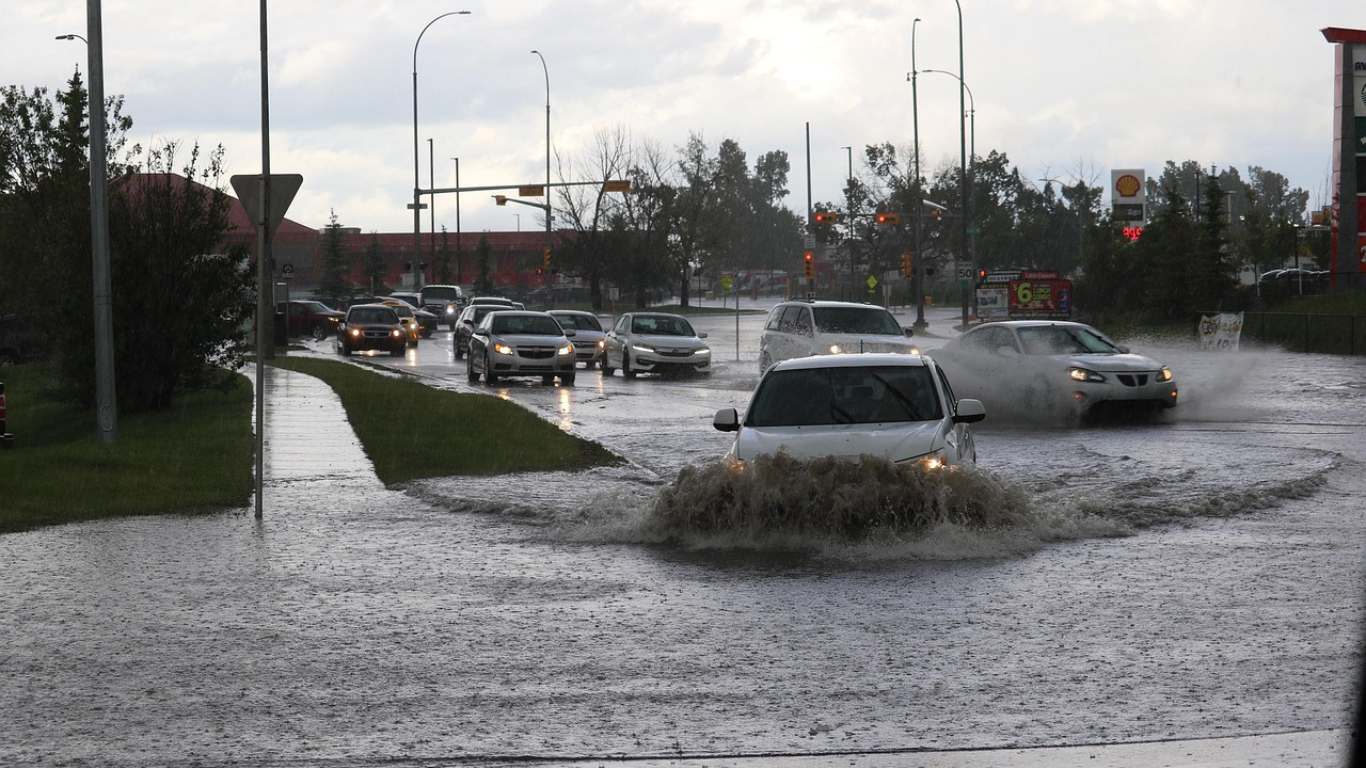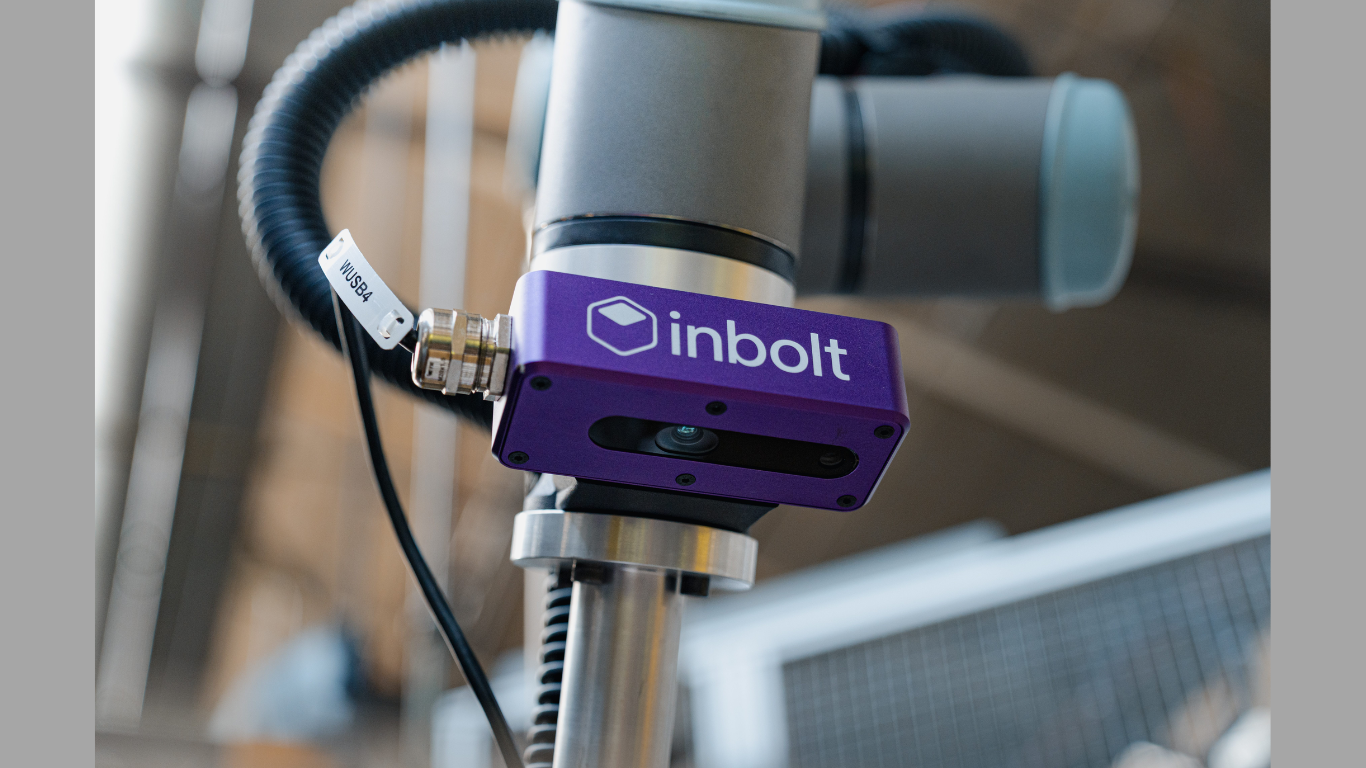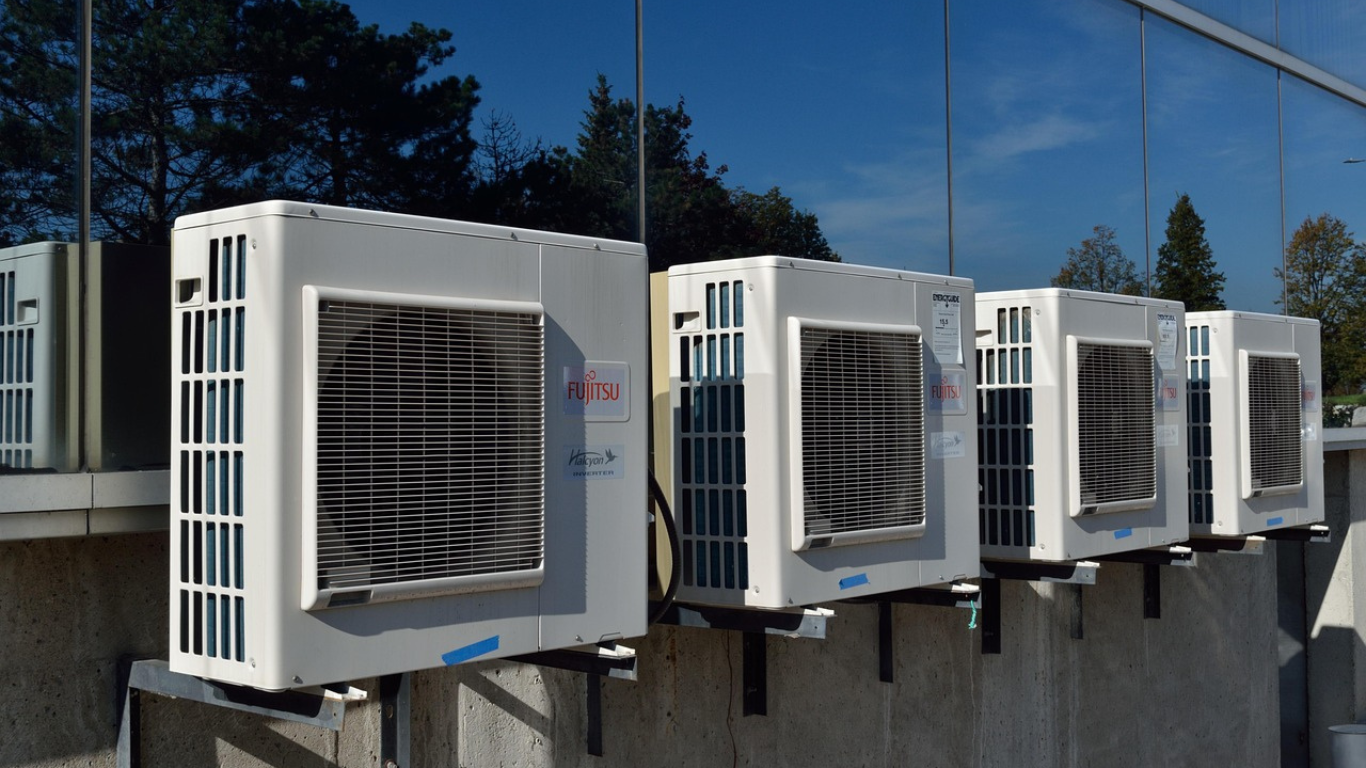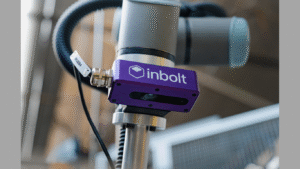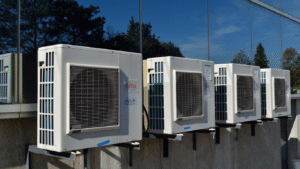Disasters, whether natural events like floods, hurricanes, and wildfires, or unexpected crises such as cyberattacks or pandemics, can devastate businesses and entire local economies. Beyond immediate damage to property and operations, disasters disrupt supply chains, displace employees, and weaken consumer confidence. For business communities, the path to recovery is rarely straightforward, but it is possible with the right strategy and collaboration.
Here are practical steps to help get a business community back on its feet after a disaster strikes.
Accessing Immediate Relief
The first step in recovery is ensuring immediate relief for businesses and employees directly impacted. Local governments and nonprofit organizations often coordinate emergency funding, temporary shelters, and food distribution to stabilize communities. For businesses, early relief can mean access to small grants, emergency loans, or extended lines of credit that provide cash flow to cover payroll, rent, or urgent repairs. Businesses should tap into disaster support services provided by various agencies. These services may include technical assistance, financial counseling, and access to specialized recovery programs. Having a clear understanding of what resources are available and how to access them quickly can make the difference between reopening and permanent closure.
Restoring Communication and Connectivity
Clear communication is vital in the aftermath of a disaster. Employees, customers, suppliers, and government partners all need reliable updates on the state of business operations and recovery timelines. For companies, this might involve re-establishing phone lines, internet access, or digital platforms to reassure stakeholders that recovery is underway.
Local chambers of commerce and business associations can play a crucial role here by acting as hubs for updates, sharing recovery information, and coordinating resources. Digital tools such as social media or community forums allow businesses to maintain visibility, reassure customers, and connect with relief providers. By restoring communication quickly, businesses reinforce trust and lay the groundwork for economic stability.
Supporting Employees and Workforce Stability
Employees are the backbone of every business community, and their well-being must be prioritized during recovery. Disasters often leave workers facing housing issues, financial stress, or even displacement. Employers who provide flexibility, emotional support, and access to resources build loyalty and ensure a quicker return to normal operations.
Support may include offering flexible schedules, remote work arrangements, or connecting employees with counseling services. Partnering with community organizations to provide housing assistance, transportation, or financial aid makes a significant difference. The faster employees feel secure, the faster they can help businesses resume operations and restore services to the community.
Rebuilding Infrastructure and Physical Assets
For many businesses, infrastructure damage is one of the biggest challenges after a disaster. Damaged buildings, destroyed equipment, and disrupted utilities can halt operations for weeks or months. Rebuilding requires financial investment and strong coordination with contractors, local government, and utility providers.
Where possible, rebuilding should include resilience upgrades, for example, reinforcing structures against future storms, installing backup power systems, or adopting cloud-based IT infrastructure for data security. Communities that approach rebuilding with resilience are better prepared for future crises, reducing the risk of repeating the same vulnerabilities.

Strengthening Supply Chains and Local Partnerships
Disasters often expose weaknesses in supply chains, leaving businesses unable to deliver goods or services. To recover effectively, businesses must identify alternative suppliers, diversify transportation options, and build stronger local networks. Partnering with other businesses in the community can create shared solutions, such as pooling resources for deliveries or co-marketing to bring customers back.
Business associations and local governments can support recovery by connecting companies with regional suppliers or coordinating shared logistics. Strengthening these partnerships accelerates recovery and fosters long-term resilience and collaboration within the community.
Building Resilience for the Future
Recovery is not just about restoring what was lost; it’s about preparing for the future. Once businesses are back on their feet, leaders should work with community stakeholders to develop stronger disaster preparedness plans. This includes reviewing insurance coverage, diversifying revenue streams, and implementing robust continuity strategies.
Community-wide resilience planning is equally important. Regular training, joint emergency drills, and collective resource-sharing agreements can strengthen preparedness. By investing in resilience now, communities position themselves to recover more quickly from future crises while protecting local economies and livelihoods.
Disasters disrupt lives and economies, but they provide opportunities for growth, resilience, and renewed collaboration. Tapping into regional and national disaster help services ensures that businesses have the tools they need not just to survive but to thrive after hardship. When communities come together with a shared vision of recovery, they transform crisis into an opportunity to rebuild more resilient, adaptable, and connected local economies.
Article received via email


